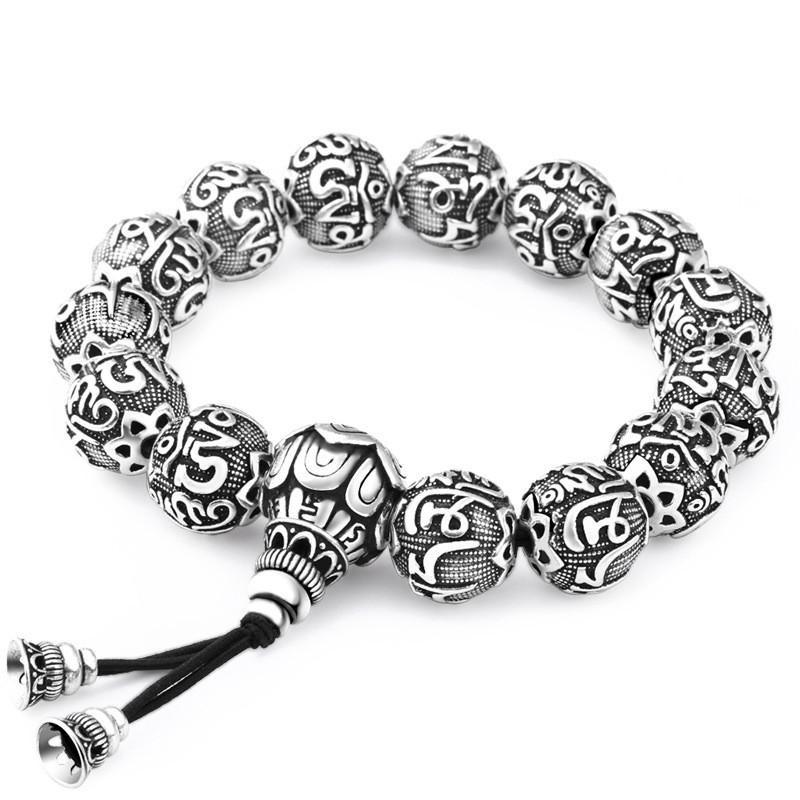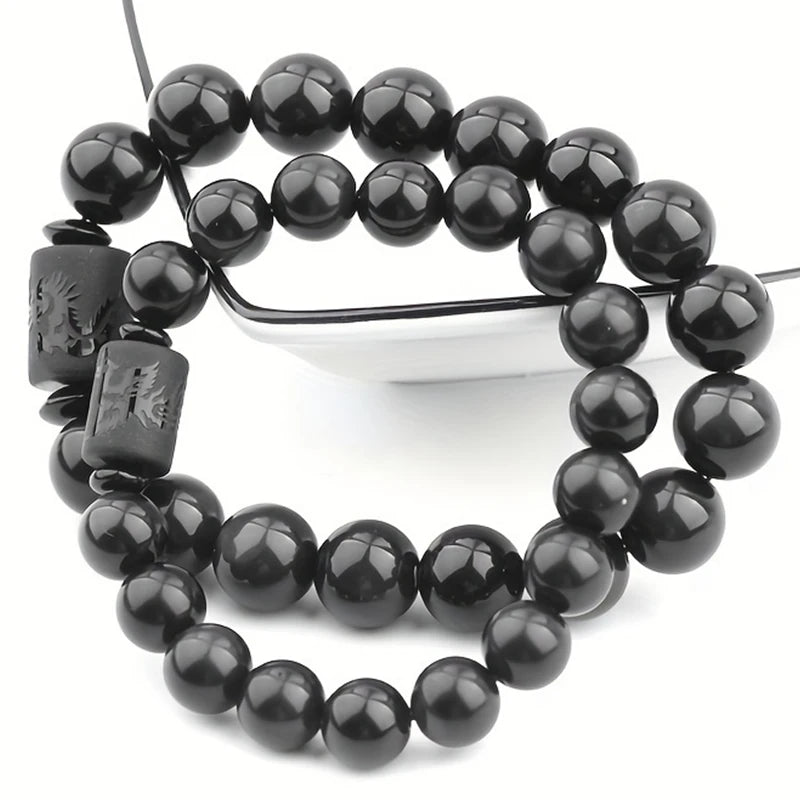Feng Shui, or "wind and water," is a very old Chinese discipline that seeks to bring about harmony between humans and their world. Based on the idea that the world around us has a great influence over our health and happiness, Feng Shui provides a system of planning spaces so as to best allow the energy flow of qi (pronounced "chee"), the very life force that surrounds us all.
The Basic Principles of Feng Shui
The Five Elements: Fire, Earth, Metal, Water, and Wood – each of them has different energies and properties. Balance between these elements in your space is critical in creating a balance home.
Yin and Yang: The concepts of harmony with opposing forces (Yin = receptive, Yang = creative) need to be learned. A harmonious space permits both energies to be present in the space and create a balanced harmony.
The Bagua Map: It is an energy map that is employed to divide your space into nine areas, each corresponding to a different aspect of your life: career, learning, family, wealth, fame, relationships, children, talents, and helpful people.
Bridging Feng Shui in Your Home:
Declutter and Purify: Remove all the unnecessary things that clutter up your space and mind. A clean, tidy environment allows the qi to circulate freely.
Enhance the Entryway: The entryway is the "mouth of qi." Warm it up and invite it in with adequate lighting, greenery, and perhaps a strategically placed work of art.
Balance the Five Elements:
Wood: Represents growth and energy. Introduce wooden pieces of furniture, plants, and green or brown colors.
Fire: Represents passion and energy. Introduce candles, red colors, and triangular forms.
Earth: Represents stability and grounding. Introduce earthy colors, square forms, and ceramic pieces.
Metal: Represents precision and clarity. Incorporate metal furniture, white or metallic colors, and round forms.
Water: Represents flow and wisdom. Incorporate water elements (like small fountains), black or blue colors, and asymmetrical forms.
Awaken the Bagua Areas: Use the Bagua map to find out which areas in your house correspond to specific areas of your life. Then, charge those areas with objects, colors, and symbols that resonate with your intentions.
Artisan of Asia and Feng Shui:
We have a carefully curated selection of products at Artisan of Asia that can help you bring Feng Shui concepts into your home:
Buddha Statues: Welcome peace, serenity, and wisdom into your home with the addition of a Buddha statue.
Feng Shui Objects: Explore our selection of genuine Feng Shui products, such as wind chimes, wealth pots, and lucky coins, to welcome positive energy and prosperity.
Jewelry: Each piece brings the positive energy of Feng Shui into your wardrobe!
Yin and Yang home decor: Bring the positive balance with our Yin and Yang products.
Feng Shui is a life long journey, a continuing path of finding harmony and balance in your life. Take small steps, listen to your instincts, and create a space that nurtures your health and supports your dreams.
Find our Asian art and decor collection at Artisan d'Asie or Artisan of Asia and begin your Feng Shui journey today!




0 commentaire